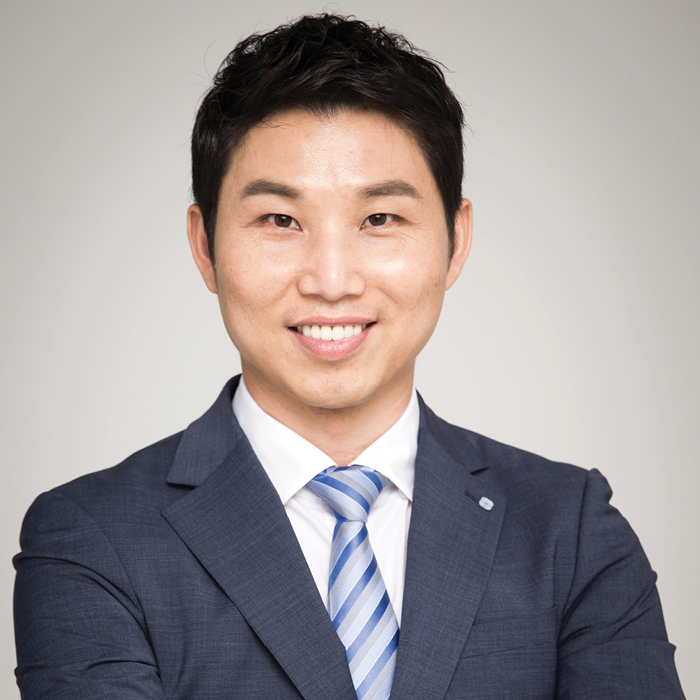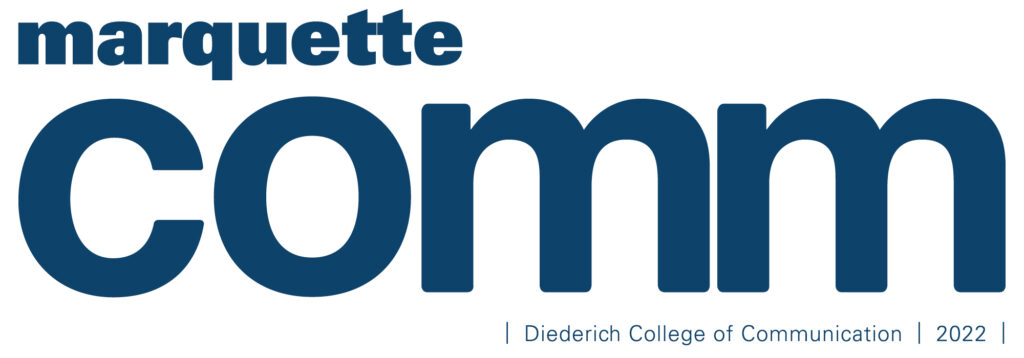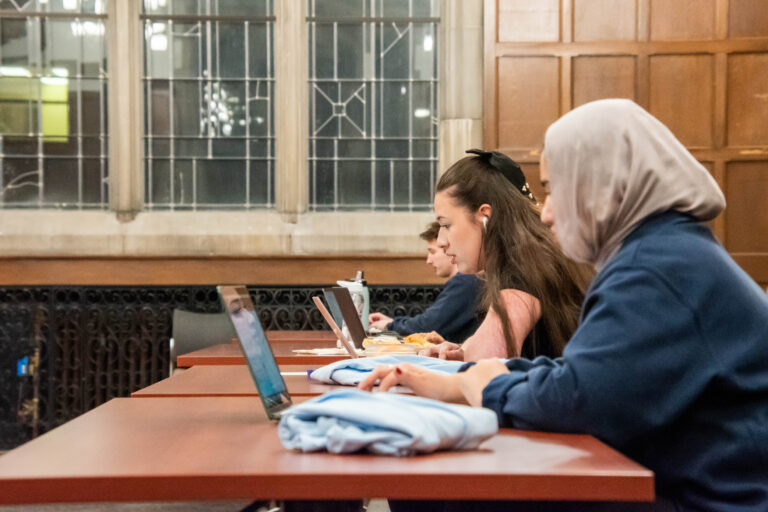Strategic communication professor studies how businesses best communicate amid crises.
For more than six years, Dr. Young Kim worked as a public affairs officer for the Korean army, specializing in crisis communication. His gut instincts often helped him have fruitful interactions with the press, public and even families of victims amid crises. But experience and gut instincts were all he had — sometimes, they’d steer him wrong, and Kim could never quite figure out why.
Those moments now drive his research. Kim, associate professor of strategic communication, wants to know why some crisis responses work better than others. At this year’s International Public Relations Research Conference, he presented a paper on pre-emptively debunking misinformation amid crises. It was named one of the conference’s top papers.
Kim’s paper focuses on how companies can communicate with employees when a crisis could lead to the spread of misinformation. For example, if a CEO finds out that a former employee was filing a racial discrimination lawsuit based on false information, how should the company respond? To find out, Kim conducted an experimental study with more than 1,000 full-time employees within the United States.

Through that study, Kim found that sometimes, like when a damaging leak is possible, it’s best to elaborate on why the misinformation is incorrect rather than offering a simple rebuttal. In this approach, timing is of the essence. If misinformation can spread outward through a third party, such as social media or news reports, Kim says that companies must voluntarily reveal the correct information to employees and the public before the third party can.
“That’s called the ‘stealing-thunder strategy,’” Kim says. “By voluntarily revealing crisis information, you can protect your reputation and increase your credibility. You can get more support as well.”
The stealing-thunder strategy is especially important for maintaining positive relationships with employees, Kim found. If employees learn about a crisis from the company first, they tend to see leadership and the company as more transparent and trustworthy. Often, the stealing-thunder strategy can even turn employees into advocates for the company in crisis. “When you choose the more proactive stealing-thunder strategy, you can protect your internal reputation,” Kim says. “You are more likely to have success and see more positive outcomes.”
Kim wants crisis communication professionals to have something more than their gut and own experiences to rely upon.
“We’re studying this to provide more practical recommendations for the crisis communication professionals,” Kim says. “That’s one of the reasons why I chose crisis communication as my main research area.”
As he continues to research the best ways to respond to misinformation amid crises, Kim is expanding his work to the societal level. He’s now working on research to better understand how conspiracy theorists communicate online, a trend he became fascinated with during the pandemic.




